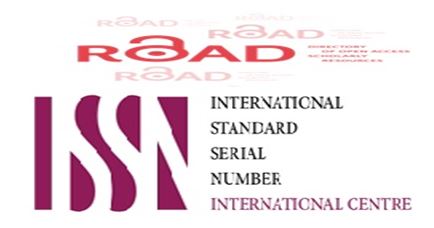Epidemiological, Clinical Profiles and Outcome of Bronchiolitis in Iraqi Children
DOI:
https://doi.org/10.32007/jfacmedbagdad.4941331الكلمات المفتاحية:
Epidemiological, Clinical Profiles and Outcome of Bronchiolitisالملخص
Background:
Bronchiolitis is the first episode of wheezing associated with low-grade fever, rhinitis, tachypnea, and increase respiratory effort in a previously healthy infant during the winter
months. It is the most common disease of the lower respiratory tract.
Methods:
This is a case control study carried out on one hundred infants with a mean age of 3.9 months ± 2.2 months admitted to Children Welfare Teaching Hospital in Medical City –
Baghdad with acute bronchiolitis during the period from 1st January 2006 to 1st April 2006. epidemiological risk factors, clinical presentations, chest X-ray findings, treatment,
complications and outcome were analyzed. Another one hundred infants (age and sex matched) were seen in the outpatient clinical in the same period and for health problems
other than bronchiolitis were taken as a control group. Chi square test was used and a P<0.05 was considered significant.
Results:
It was found that 64% of patients were males and 36% were females M/F: 1.9/1, 80% were <6 months and 20% were >6 months of age. Most cases (87%) were admitted on
January and February. Bronchiolitis was uncommon and less severe in neonatal period. There was a significant association between urban residence and acute bronchiolitis. There
was no significant association between each of family history of atopy, parental smoking, pets at home and crowding index > 30 with bronchiolitis. Fever >38.1C was significantly
more common in infants with bronchiolitis > 6 months of age than those less than 6 months.
Conclusions:
The mean clinical scores of severity, the mean duration of hospitalization and Chest Xray findings were higher in: male sex, age <6 months, infants who were on exclusive breast
feeding. Corticosteroids did not reduce the duration of hospitalization in children with acute bronchiolitis.




















 Creative Commons Attribution 4.0 International license..
Creative Commons Attribution 4.0 International license..


